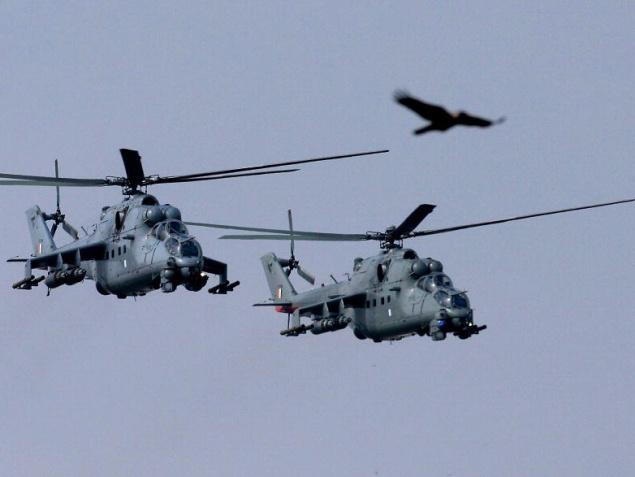
The Indian Air Force recently agreed to purchase Apache, pictured, and Chinook helicopters from Boeing. The deal, valued at around $3 billion, is the largest defense contract closed by the government of Indian Minister Narendra Modi. Photo: thehindu.com
Good relations between the United States and India, the world’s largest democracy, are crucial to stability in South Asia. The two countries took significant steps toward a stronger defense partnership in recent weeks, but major challenges still lie ahead.
At the end of Sept. 2015 the Indian Air Force finalized the purchase of 37 helicopters from U.S.-based Boeing, in a deal worth $2.5 billion (Foreign Policy reports the price at $3 billion). This deal was 2 years in the making, and is the largest defense contract reached by Prime Minister Narendra Modi’s government; it is believed to have an option to add 15 additional helicopters at a later date.
In 2012, while a deputy in the Defense Department, current Defense Secretary Ashton Carter developed the U.S.-India Defense Technology Trade Initiative, a broad-ranging series of joint defense projects. But development stalled for three years. Now, thanks to renewed emphasis from Modi’s government, things seem to be moving forward. Four short-term projects are underway, and discussions were arranged to explore longer-term efforts related to aircraft carrier and jet engine technology cooperation.
What’s more, on a visit to India earlier this year Carter signed a 10-year defense framework agreement to renew bilateral commitments. According to Sylvia Mishtra of the India-based Observer Research Foundation, “Defence ties are one of the brightest spots in the tapestry of cooperation between India and the U.S.”
Yet, as with many large-scale defense arrangements, there is some discord. One of the short-term Defense Technology Trade Initiative projects, concerning design and delivery of drones, has been delayed amid reports the units failed to meet Indian military specifications.
Looking at U.S.-India defense relations from a strategic perspective, there may be a larger-scale problem, which Foreign Policy‘s Akriti Vasudeva writes is “something historically emblematic of U.S.-India relations: mismatched expectations.” Vasudeva goes on to say that while with Defense Technology Trade Initiative represents a statement of commitment to strategic closeness by the U.S., India may not see it that way. Given the volatility of its relations with Pakistan–furthered by Pakistan’s recent defense ties to China–India may be hesitant to appear too closely linked to the U.S. (it also has defense relationships with Russia, Israel, and France).
The U.S. and India should have common strategic goals for keeping the peace in the region. What role India will play, or wants to play, in doing so is unclear. But coming to an understanding on this issue may help both nations better manage expectations and help get the defense projects back on track.